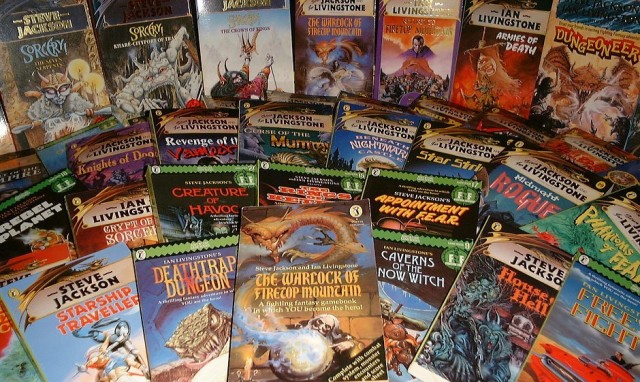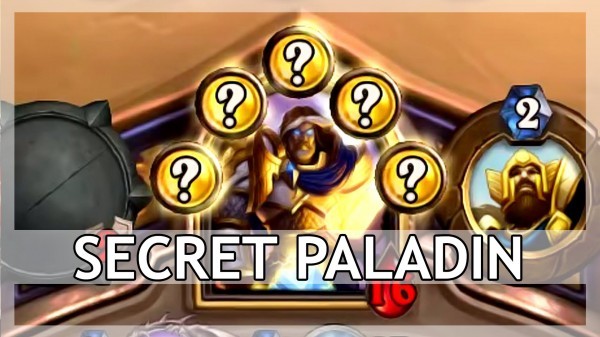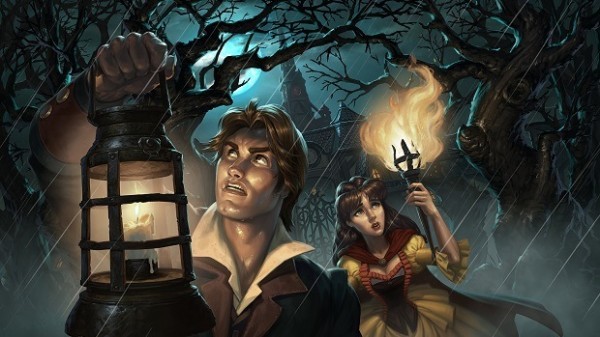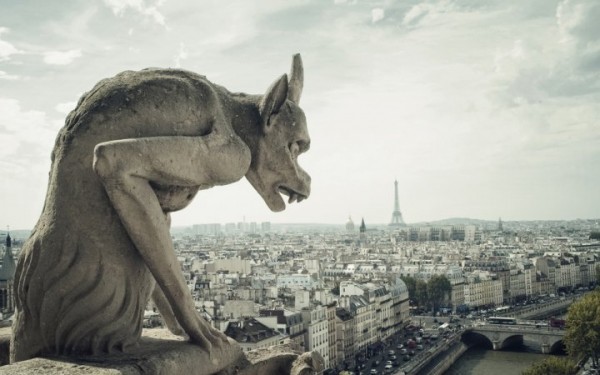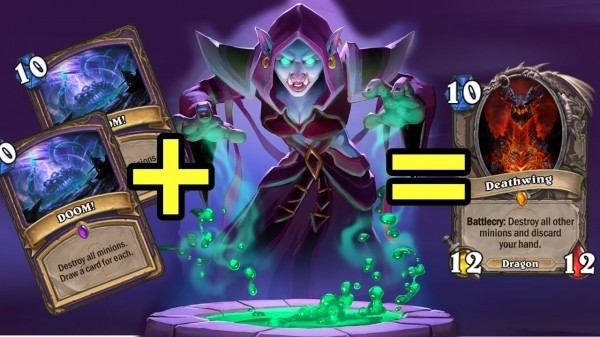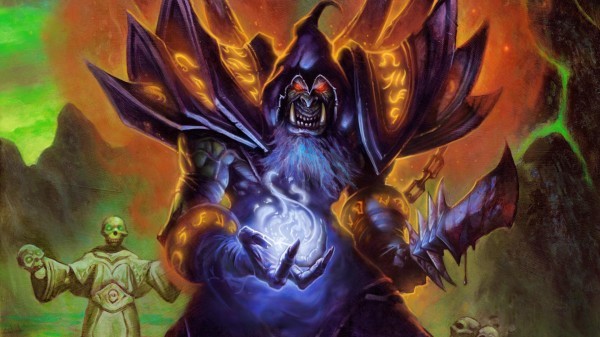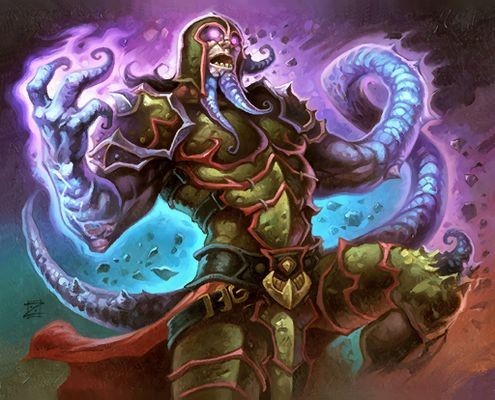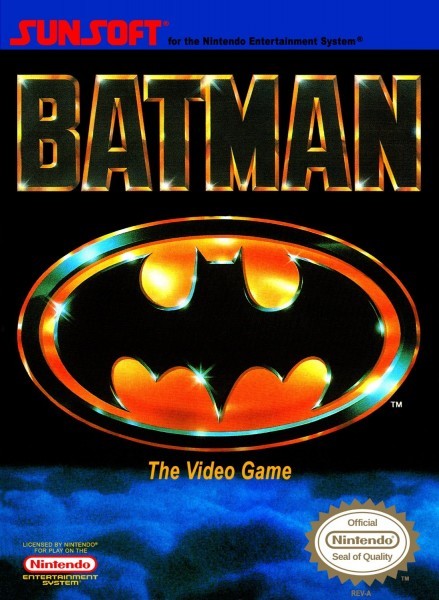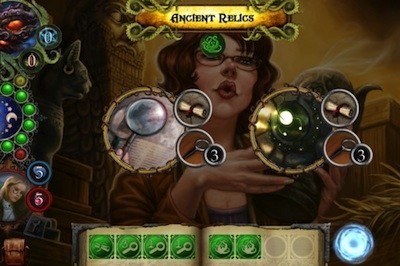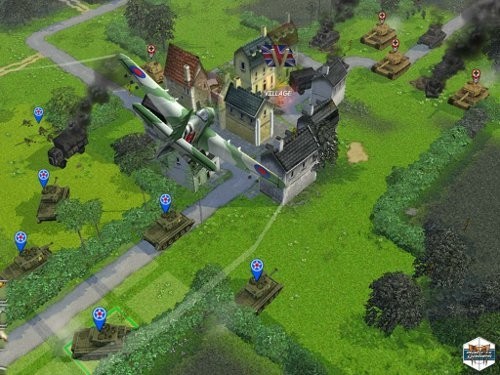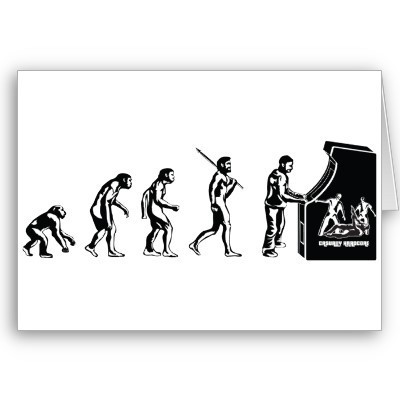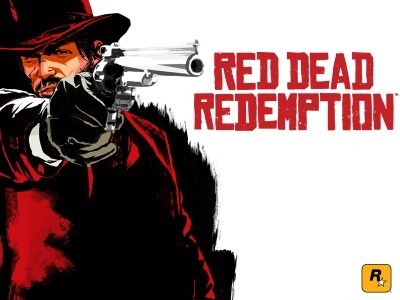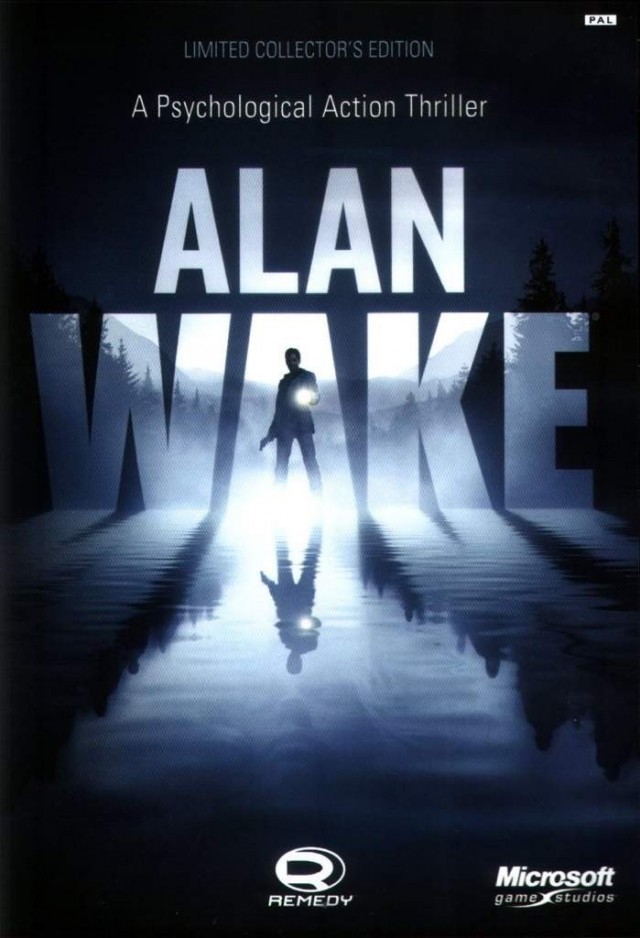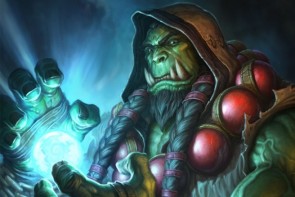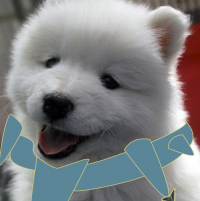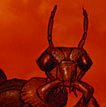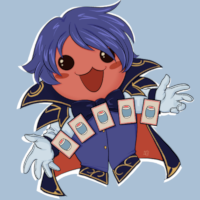Overload, intended to be an advantage for the Shaman class, instead is one of the main factors in the class' inability to be competitive in constructed play, largely because it works against the essential tempo of the game.
I believe Hearthstone is meant to be a fairly rapid game. Like most card games, it can run anywhere from a couple minutes to over half an hour. Given the differences between it and its obvious forebear (Magic: The Gathering), I think Hearthstone was intended to be played in a time period even faster than your average MTG game. The most obvious reason is mana access. In MTG, you're restricted by the number of land/mana generator cards that you draw. If you're mana screwed, it's going to take you longer to get your deck moving in a winning direction, provided that you win at all. Mana flood often introduces the same problem. This is why MTG has so many search/reshuffle mechanisms and why Hearthstone has so few. In Hearthstone, you gain 1 mana, every turn, like clockwork. Your ability to play your hand is restricted by your ability to draw the right cards to keep tempo. The fact that your deck is half the size of a typical MTG deck, that minions function differently, and a few other things are also contributors toward that faster pace and, consequently, the importance of tempo.
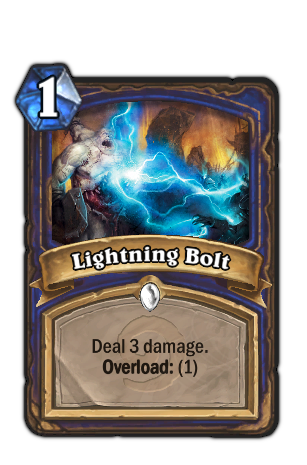
MTG decks can function without tempo. If it takes you a couple more turns to get rolling, unless you're facing an extreme aggro/burn deck, it's usually OK if you miss a drop here or there. When you do get a drop, you can always use any creature in the game as a blocker, so putting down a 2-drop on turn 6 isn't the same loss of rhythm as it is in Hearthstone, since that creature will still possess the basic utility needed to help keep you alive (in most circumstances.) Overload was designed to help Shamans "cheat" the strict mana progression of the game. By letting them play more powerful or equivalent cards for, typically, one less mana, Shamans were supposed to have an edge. Your opponent Coins out a 2-drop on turn 1? No problem. Your turn 1 response is to cast Lightning Bolt and you've 2-for-1'd him. Card advantage! His turn 2 response is to play a 2/3 or 3/2. Your turn 2 response is... nothing. Unless you have another Bolt or Rockbiter, you do nothing and you've surrendered the tempo and, thus, the advantage to your opponent. Now, he has board control and will drop something else on turn 3. Your turn 3 response will be to drop 1 minion, which he kills with his first and from then on, you're playing catch-up unless he misses a drop. In that respect, Overload actually works directly contrary to its intended purpose. Instead of giving the Shaman class the initiative, it steals it from them because they're unable to keep pace with the natural rhythm of the game. For the next turn, their opponent's mana pool grows like it should, but the Shaman's is stunted.
![]()
The situation gets even worse with other cards like Lightning Storm; to date, the Shaman's only reasonable AoE spell. A turn 3 cast of Lightning Storm to wipe out a rush board from a Hunter means that on turn 2, the Shaman can only cast a 2-drop or summon a totem in response to his opponent's 4-drop. You've now lost two turns of tempo as a consequence of playing what should be a devastating response to the opponent's initiative (I won't even get into the fact that Lightning Storm is afflicted with the Shaman's other problem (RNG) and often doesn't even clear the board, in addition to putting the Shaman behind the pace of the game.) What that loss of tempo represents is most easily identified by an economic concept: opportunity cost. When you play an Overload card, you're paying several costs. One of them is the mana used to play it on that turn. Another is the opportunity to play another card that turn. Another is the opportunity to have had a different card in your hand or in your deck. All of those are the standard costs of competitive card games of this nature. But Overload tacks on an additional cost: the opportunity to play a card on the following turn. In the end, that makes Overload cards more costly than their counterparts even if their raw mana cost (forgetting tempo for the moment) is identical. Lightning Bolt costs two mana. So does Darkbomb. But Darkbomb's opportunity cost only affects one turn, whereas Lightning Bolt's affects two. Hellfire costs 4 mana and damages both players. Lightning Storm costs 5 and may not even clear the board as well as Hellfire does. This gets worse when you look at other cards like Ancestral Knowledge, which costs more mana than comparable spells lke Arcane Intellect and still carries the greater opportunity cost.
The problem has been apparent since the game went into general release and became even more stark with the game's first major expansion, Goblins vs. Gnomes. By that time, Shaman had largely disappeared from competitive play and has never had a period where it had a place among the dominant deck archetypes, in contrast to every other class in the game. This is a consequence of several factors, including the aforementioned RNG, but also because not only is Overload a flawed mechanic for the current game, but also because many of the initial Overload cards, intended to be more powerful on the turn they're played, simply aren't. Several classes have cards that deal 3 damage for comparable mana cost to Lightning Bolt. Feral Spirit, once considered a staple despite the crippling Overload on turn 4, is now not only easily swept aside but considered an extreme drawback against one of the dominant decks of the moment: Patron Warrior (although that is, certainly, a coincidence of timing.) Blizzard's response when the problem became starkly apparent after GvG was to release two Shaman cards in Blackrock Mountain that addressed the problem from different angles: Lava Shock and Fireguard Destroyer.
![]()
![]()
Fireguard is simply a more powerful Overload card. No other 4-drop in the game has the collected stats of Fireguard except the likewise BRM-released Hungry Dragon, which comes with its own drawback. But the problem with Fireguard is that's all it is: a collection of stats. Certain incredibly stat-efficient but ability-less cards like Chillwind Yeti still occasionally make their way into constructed decks, but most of the time minions are played for their stats and their abilities. No one plays Bloodfen Raptor in constructed. Many decks play Knife Juggler. Fireguard has one more guaranteed point of Toughness than Yeti and a potential 1-3 more points of Attack (there's that RNG again.) But it won't slow down a Face Hunter deck nor will it stop the Patron combo. It has a 1 in 4 chance of not being targeted by Shadow Word: Death and a 1 in 4 chance of being targeted by Big Game Hunter. There's a 50% chance it won't even be able to deal with Mysterious Challenger when it comes out. Oh, and the guy who played the Yeti? He'll be able to play a 5-drop next turn. The Shaman won't. Fireguard makes a solid Arena card but, even then, you're running the risk of losing tempo where it's often even more important than in constructed. But it only sees play in competitive constructed decks because Shaman lacks good 4-drops. Lava Shock, OTOH, tried to address the problem from the mana side. For the price of two mana, you can eliminate the locks on your crystals both this turn and next turn. But the problem, again, is tempo: you have to pay 2 mana to do this! If you locked up your mana on turn 4 with Lightning Storm, you can release it with Lava Shock, but then you still only have 2 mana to use on turn 4. You still can't play a 4-drop, which is a loss of tempo. Furthermore, the Shock itself is woefully inefficient in comparison to other classes, many of which have cards that deal 2 damage to any target for 1 mana, like Holy Smite, or have cards that deal 2 damage for 2, but come with an added benefit, like Slam. Lava Shock tries to shore up a weakness in Shaman and does so with a mana-inefficient card. It's why even in Shaman decks that aspired to be competitive like Mech Shaman, Lava Shock rarely made an appearance. First, it's a bad card. Second, all competitive decks strive to avoid Overload because of its crippling effect.
![]()

The developers acknowledged that Shaman needed help when they announced The Grand Tournament. With it came cards like Healing Wave (RNG and deck design dependent) and Totem Golem (Overload.) The Golem seems like a great card: a 3/4 for 2 mana. No other 2-drop comes close to competing with those stats except Milhouse Manastorm and no one wants to see that card except when it emerges from your dead Piloted Shredder. But, again, it's really 3 mana and, on turn 3, you're a step behind, often only able to summon a totem and hope you get Healing Stream to heal the damage the Golem takes from clearing your opponent's board. Plus, like the Fireguard, it's a collection of stats with no other ability except to hinder yours. In the end, the only card for which Overload isn't a significant hindrance is Stormforged Axe because the Axe can actually be used without being hindered by Overload in the subsequent turn and beyond and can't simply be wiped off the board or ignored like Golem can be, barring 3 other cards in the entire game (Ooze, Harrison, Sabotage.) The Axe can be directly compared to weapons like Coghammer. The latter pays an extra mana to give a minion Taunt and Divine Shield while the Axe gets played a turn earlier. Yes, the Coghammer is the vastly superior card for being played a turn later (or the same turn with Coin) and that about sums up the situation: Overload cards are weaker than their direct counterparts and more costly, which is why they're largely avoided in constructed play and half the reason that the Shaman class is not competitive, being given its own tier in Tempostorm's latest analysis of Hearthstone competitive play. If that's ever going to change, Overload has to be revised.
 Games
Games How to resolve AdBlock issue?
How to resolve AdBlock issue? 